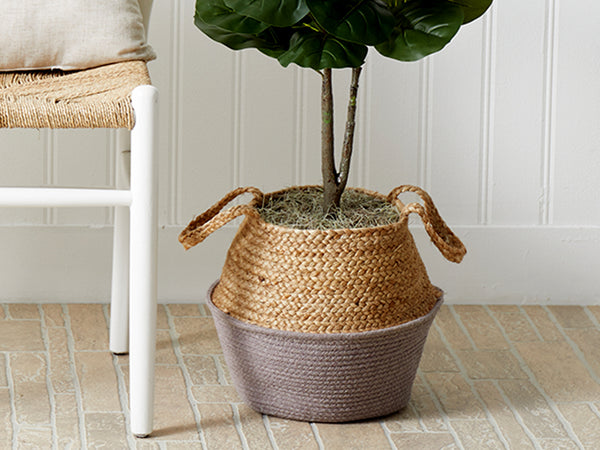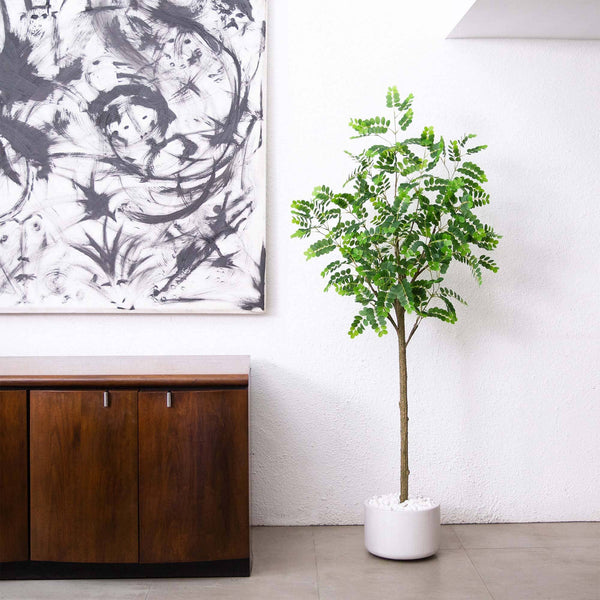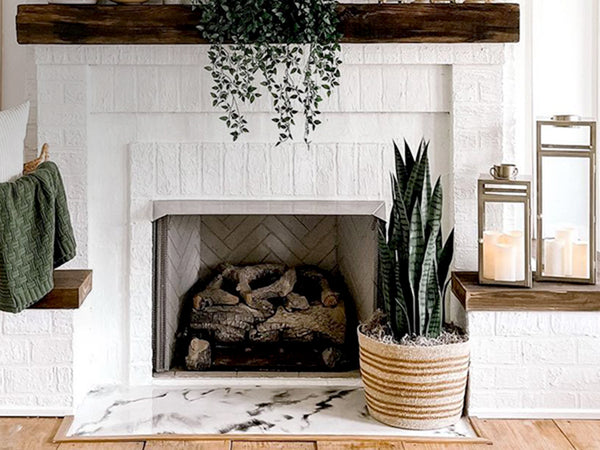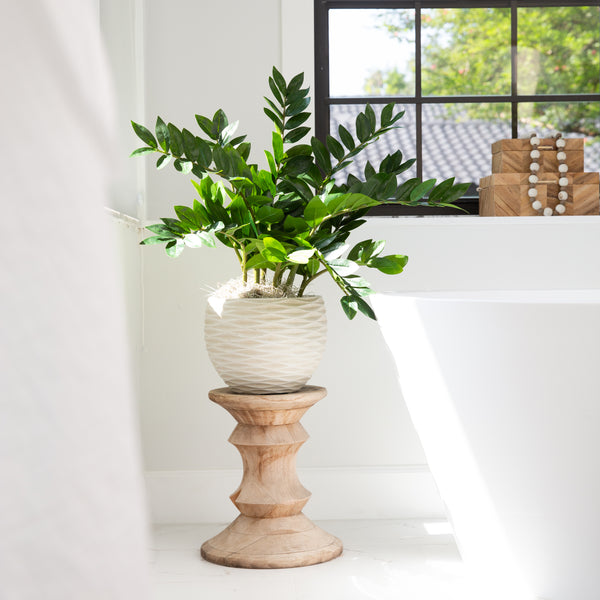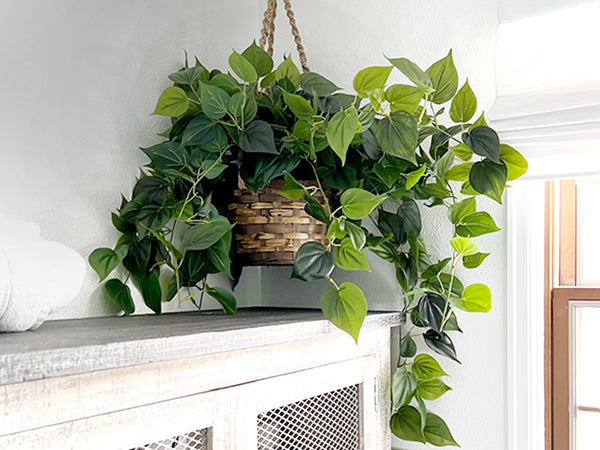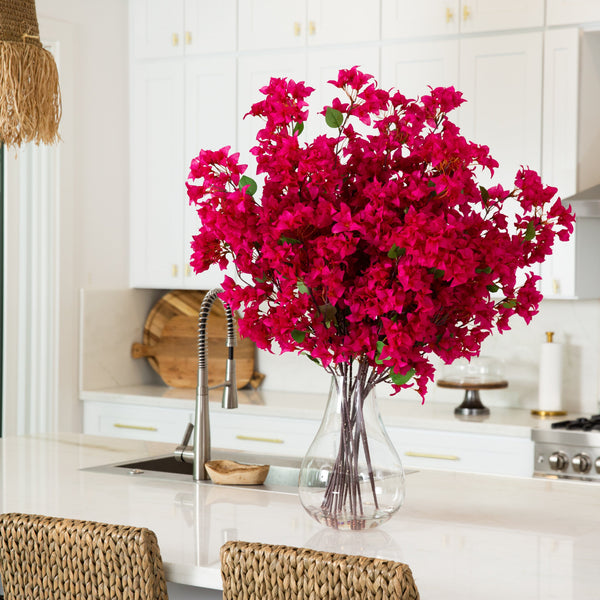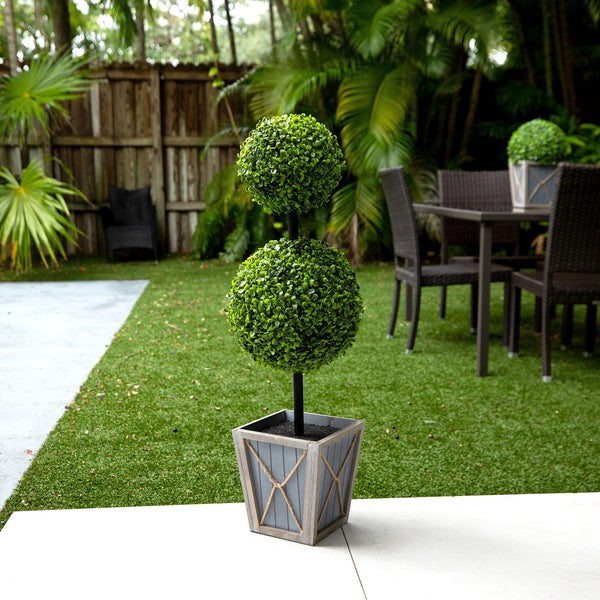10 Facts About Pothos Plants You Did Not Know
Cindy VenerioNow that summer is halfway over, it’s time to start thinking about Back-To-School Basics - including Dorm Room Essentials! With limited space available in customary dormitories and apartments, the need to create your own sanctuary and some privacy is crucial; so why not spruce things up with some evergreen features that will breathe life into your new home for the next few months of your adult life. With fake greenery, not only will you eliminate weekly chores (watering, weeding, etc) and void any expenses on upkeep and replacement, but you’ll be able to welcome in year-round coziness without the hassle. Today we’re sharing five tips on how to transform your basic tile-floored dorm room into a haven from the storm they call college with the help of fake and artificial plants and flowers.
1. Pothos Come in Many Color Patterns
Although their wide, heart-shaped leaves are always green, those leaves also feature accents in their middles or on their veins. Some common variations of pothos include Golden Pothos (first grown in French Polynesia), the Glacier Pothos (with irregular white accents) Jade Pothos (solid green leaves), Joy Pothos (smaller leaves with white veins) and Satin Pothos, which produce silvery accents.
2. Pothos Has Several Nicknames
Some people refer to the pothos as the hunter's plant, arum Ivy or taro vine. Its most widely-used nickname is "The Devil's Ivy," because it is almost too difficult to kill.
3. Some believe it Brings Good Luck
Another of the pothos' nicknames is the "money plant." Believers in China, Taiwan or Thailand keep these lush-leafed plants in their homes or stores to bring positive chi or financial gain.
4. It Is the Most Common Houseplant
Its traditional beauty and flowing leaves makes it a popular choice for home and business decorating.
5. It Is Used For Altars, Shrines and Cemeteries in the Philippines
This has been a custom for many years and is also found in many schools and other institutions.
6. It Is Frequently Used In Japanese Flower Arrangements
The popular school of Japanese flower arrangement called Ikenobo makes use of the lush and plentiful leaves of the pothos plant. Ikenobo encompasses the ancient art of Ikebana flower styling which honors the natural appearance and placement of the flowers and plants.
7. Used in NASA Studies
NASA used pothos in many studies during the 1980s, as it has been shown to absorb and reduce indoor pollutants like formaldehyde, xylene, trichloroethane, benzene and dust.
8. They Are Related to the Philodendron
The appearance of Pothos leaves are so similar to philodendron leaves that they are often mistaken for each other. However, this is also a bonus - since they can seamlessly be mixed together in flower and plant arrangements.
9. Pothos Symbolize Perseverance
Because they keep growing against most odds, they are an inspirational symbol for following your dreams. In some cultures they are given as gifts to those who are beginning a new phase of their lives.
I0. Pothos Like To Climb
Just like ivy plants, when pothos are planted near trees, they will encircle and climb up the trees. In the wild, their leaves turn upward and they grow longer as they turn to the sun for additional light.
These versatile and popular plants are easy to care for and to use for arrangements, or on their own.


